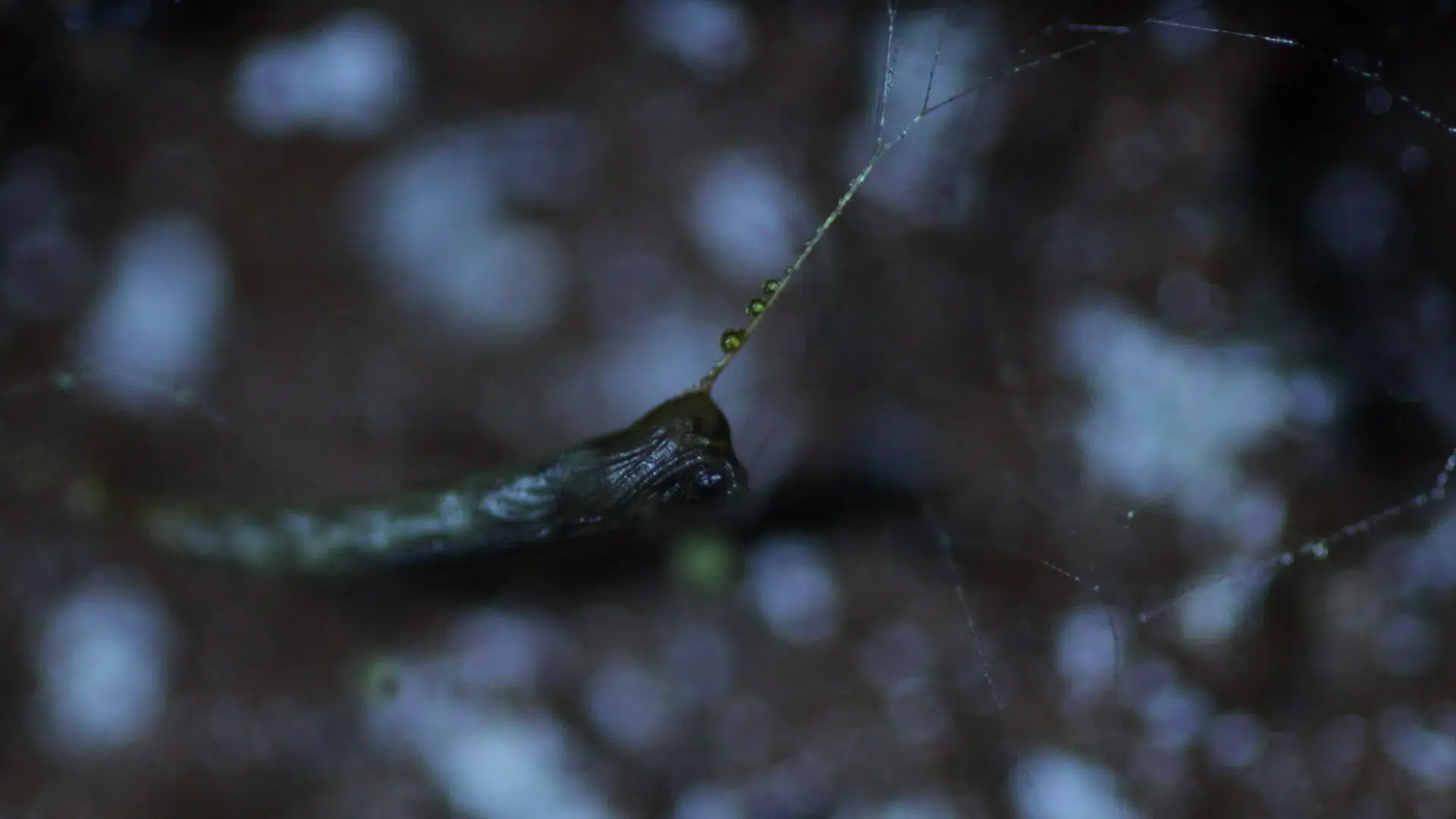
Australia’s Glow Worms: A Stunning Larva Light Show
Featured in Ripley's Believe It or Not!

The glow worm, one of Australia’s most dazzling bioluminescent creatures, is actually the larvae of a fungus gnat. The insect, which looks like a maggot, is a carnivore. They are also very tiny—just a few millimeters long—and thrive in dark, damp caves and rocky overhangs in the rainforest.
Ancient people were spellbound by glow worms and believed they possessed magic powers. Doctors even attempted to harness the insects’ power and use it to treat people’s ailments. The mysterious bugs have also been depicted as supernatural creatures in poetry and fairy tales.






